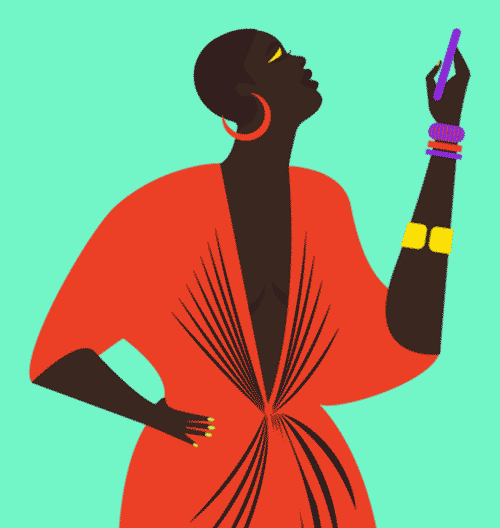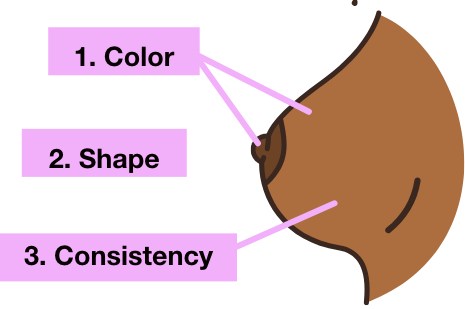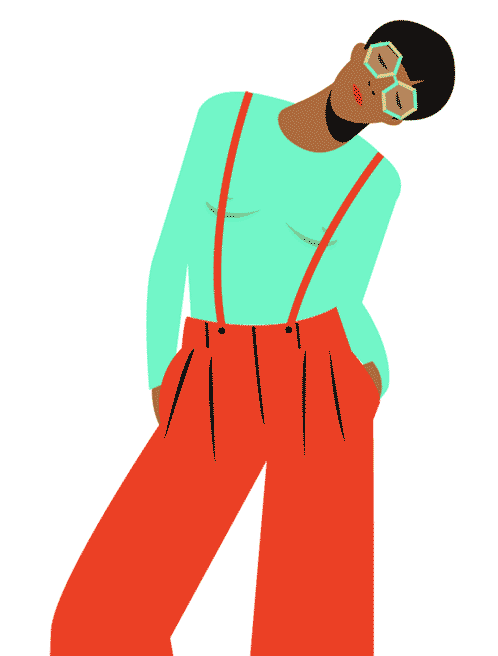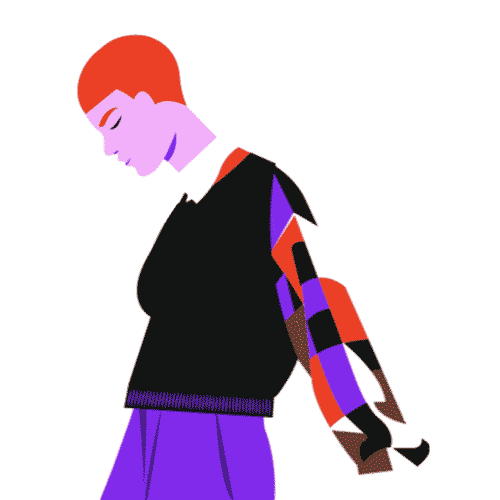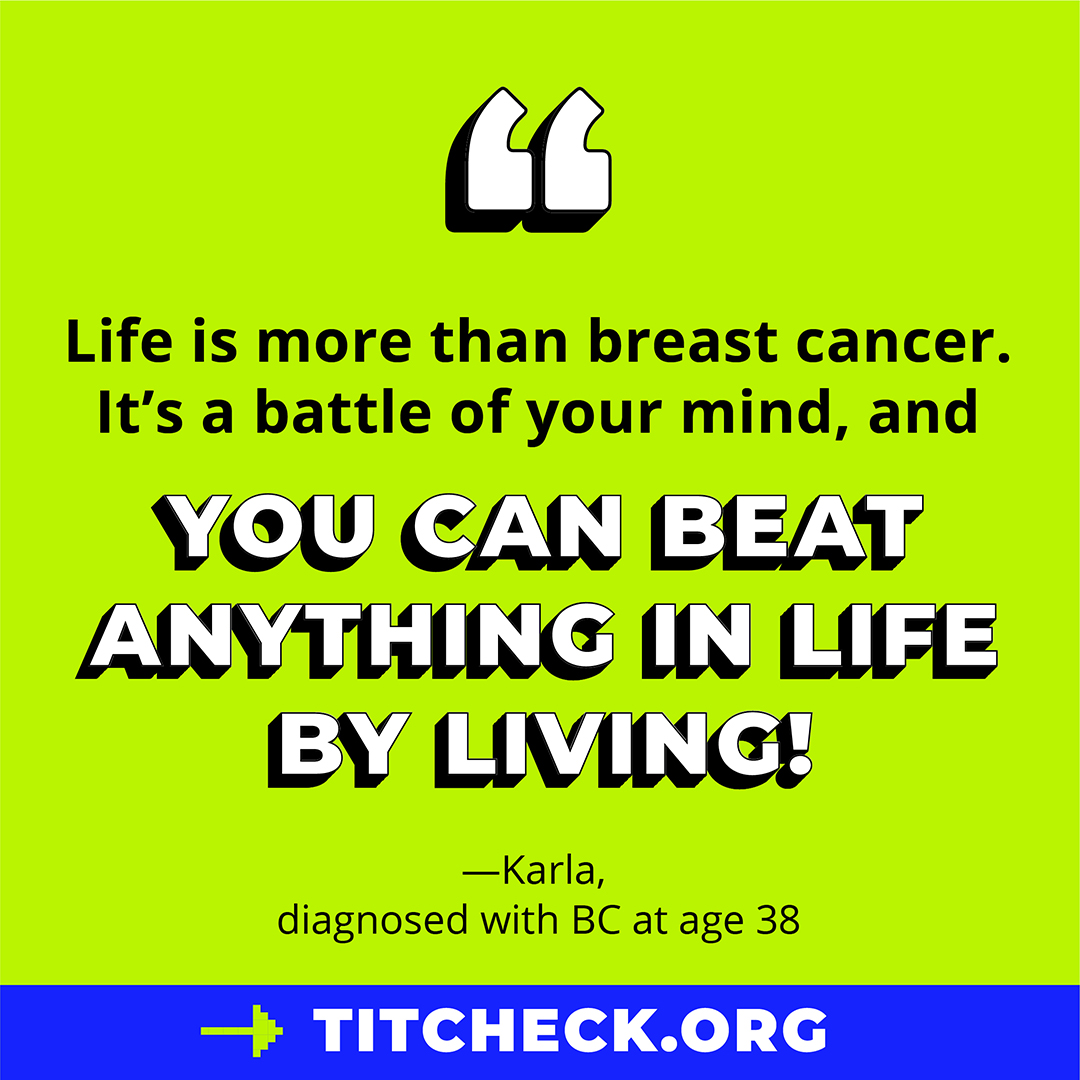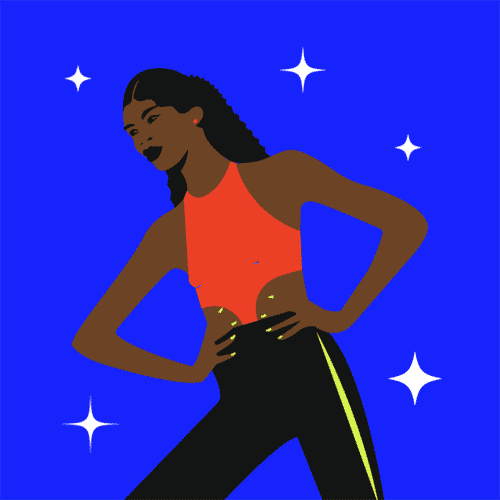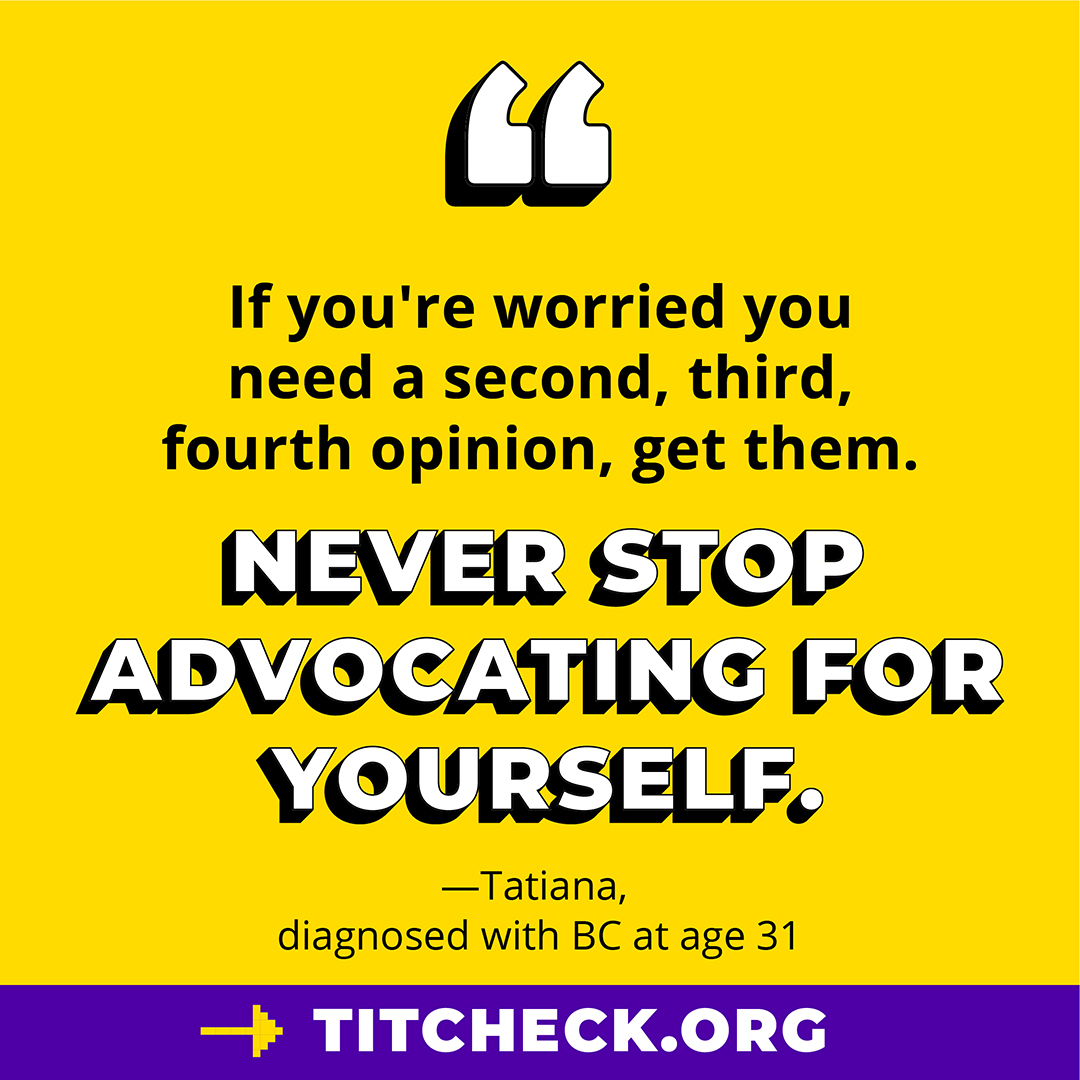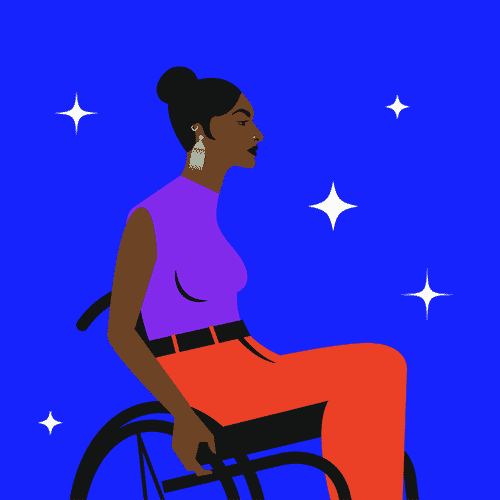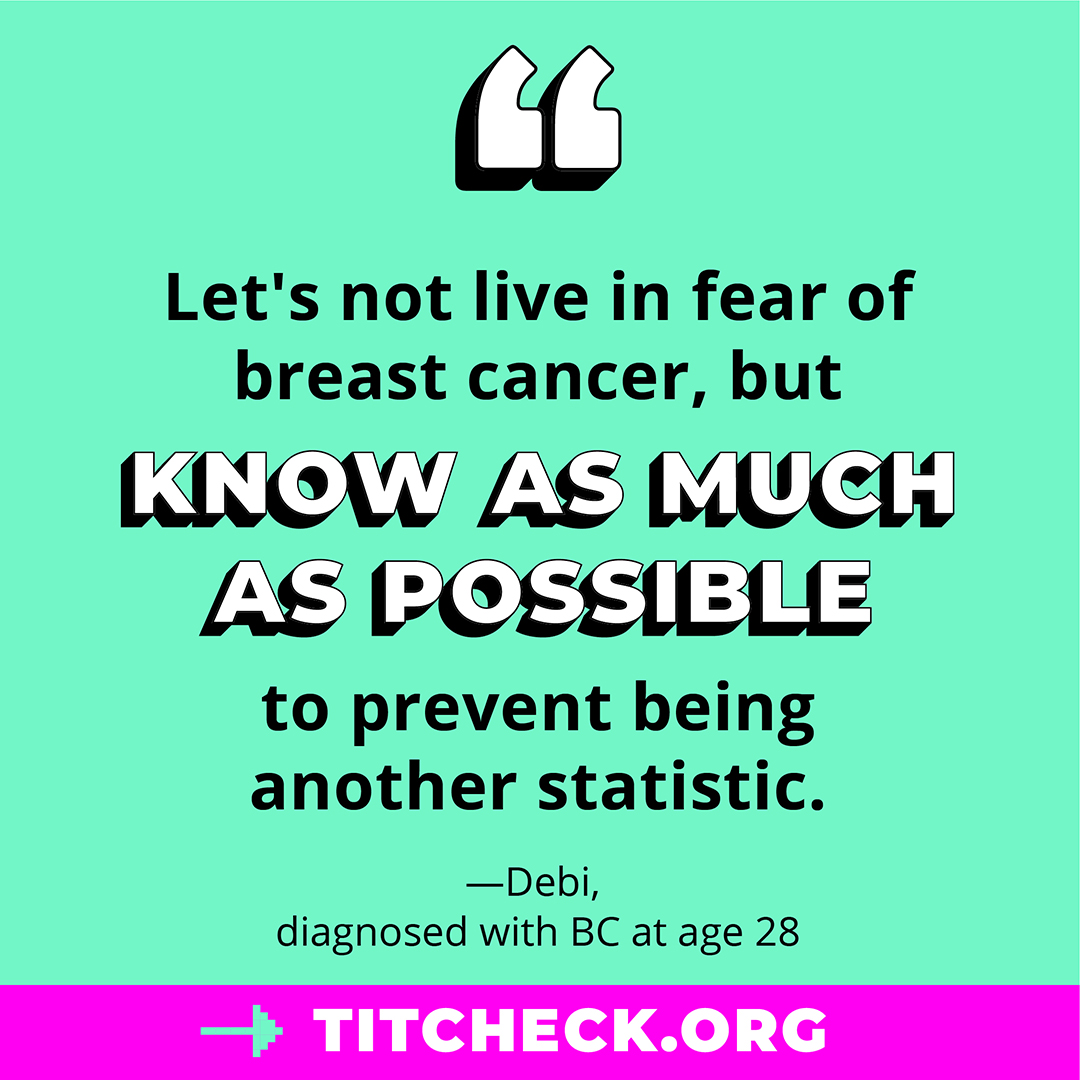

Size
Changes in appearance or size of either breast (including thickening or fullness that feels different from the rest of the breast)


LUMP
A hard lump or knot near your underarm


NIPPLES
A change in the nipple (it could become suddenly pushed in, or inverted)


SKIN
Dimples, puckers, bulges, or ridges on the skin of the breast


discharge
Nipple discharge or blood


Rash
Itching, scales, sores, or rashes. Different skin tones can present rashes differently.


REDNESS
“Redness” accompanied by warmth, swelling, or pain.






